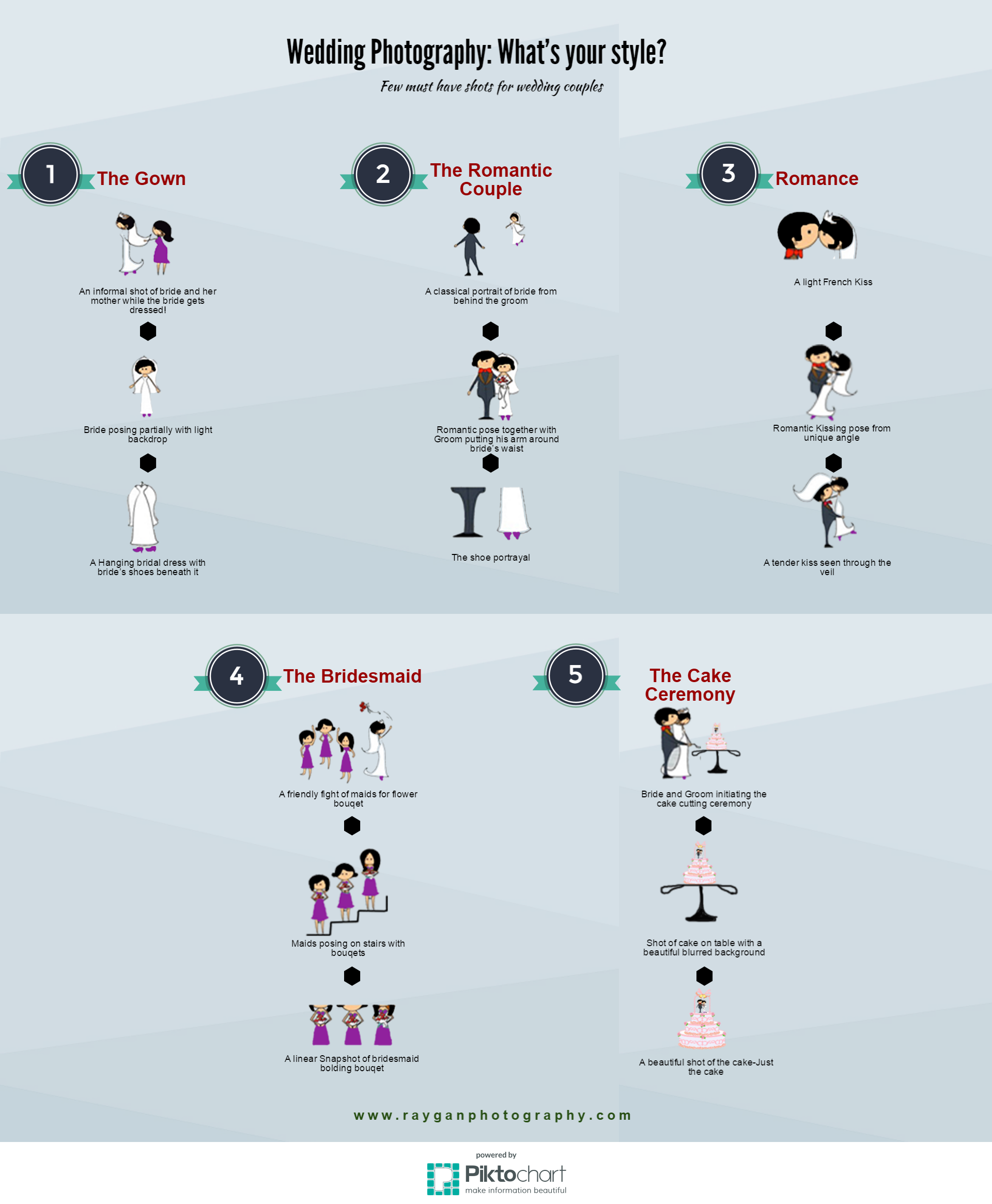Digital Photography Tips For Beginners: Understanding Your Electronic Camera In No Time
Digital Photography Tips For Beginners: Understanding Your Electronic Camera In No Time
Blog Article
Web Content Author-Whitley Kaas
When you first pick up your cam, it can really feel overwhelming with all the setups and alternatives readily available. You might find yourself asking yourself exactly how to browse aperture, shutter speed, and ISO effectively. Mastering these principles is crucial, however there's even more to digital photography than simply technical knowledge. Comprehending structure techniques and lighting problems can boost your photos considerably. So, what if you could learn straightforward methods to improve your abilities and start recording impressive pictures earlier than you think? Let's check out exactly how to transform your digital photography journey.
Recognizing Camera Setups
Recognizing your camera setups is crucial for catching stunning pictures. When you grab your cam, acquaint on your own with the 3 main settings: aperture, shutter speed, and ISO. Each plays a crucial function in how your pictures turn out.
Start with aperture, which manages the quantity of light going into the lens. A wider aperture (reduced f-number) lets in a lot more light and produces an attractive background blur, best for pictures. Alternatively, a narrower aperture (greater f-number) keeps more of the scene in emphasis, suitable for landscapes.
Next, focus on shutter rate. This setup identifies the length of time your cam's sensing unit is exposed to light. please click the next post up motion, which is excellent for action shots, while a slow-moving shutter speed can develop sensational impacts like smooth water in landscapes.
Lastly, adjust your ISO. This setting impacts your cam's sensitivity to light. A higher ISO is useful in low-light circumstances yet can introduce noise or grain. Aim for the lowest ISO possible while still attaining appropriate direct exposure.
Make-up Methods
When you're out capturing, composition can make all the distinction in just how your pictures reverberate with viewers. Start by using Click On this site of thirds; visualize your structure split right into 9 equivalent sections with two horizontal and 2 vertical lines. Placement crucial elements along these lines or at their intersections to create balance and passion.
Next off, take into consideration leading lines. These all-natural lines in your scene, like roads or rivers, attract the visitor's eye into the picture, assisting them through the tale you're telling.
Don't forget framing; use aspects within your scene, like trees or windows, to develop a framework around your subject, adding deepness and focus.
Also, keep an eye on your history. A cluttered history can distract from your major subject, while a straightforward one helps it stand apart.
Finally, try out proportion and patterns; they can create a striking photo that records focus.
Learning Lighting Issues
Grasping illumination conditions is critical for capturing stunning photos, as the ideal light can transform a normal scene into something remarkable.
Beginning by observing all-natural light at various times of the day. Mornings and late afternoons offer the best light, called the golden hour. The soft, cozy tones throughout these times can boost your pictures magnificently.
Don't avoid cloudy days either; diffused light can decrease extreme darkness and produce a pleasing result, particularly for pictures.
Trying out backlighting by positioning your subject against the source of light. This method can develop a wonderful halo effect and include depth to your images.
Pay attention to your cam setups too. Readjust the ISO, aperture, and shutter speed to match the lighting conditions. A greater ISO can aid in reduced light, but beware of grain.
Utilize a tripod in darker settings to prevent blur.
Last but not least, do not forget man-made lights. Flash and continuous lights can be terrific tools for managing light in challenging conditions.
Conclusion
Finally, mastering your video camera doesn't have to be frustrating. By comprehending your settings, applying structure methods, and utilizing the power of natural light, you'll rapidly raise your photography skills. Remember, exercise makes best, so venture out there and trying out your newfound knowledge. With time and dedication, you'll be recording stunning photos that reflect your distinct viewpoint. Appreciate the trip, and do not neglect to have fun while you go to it!
